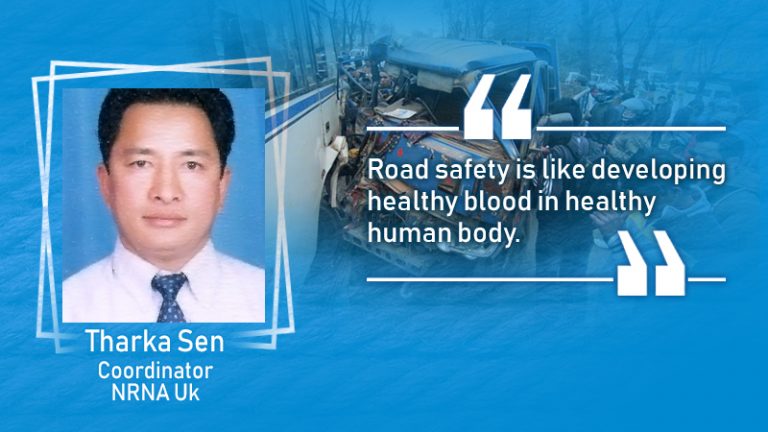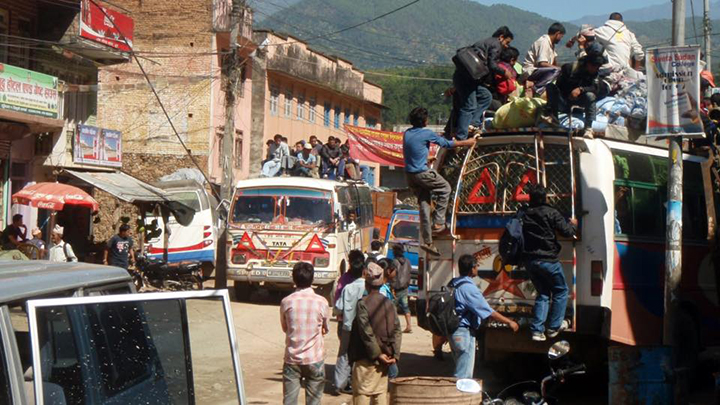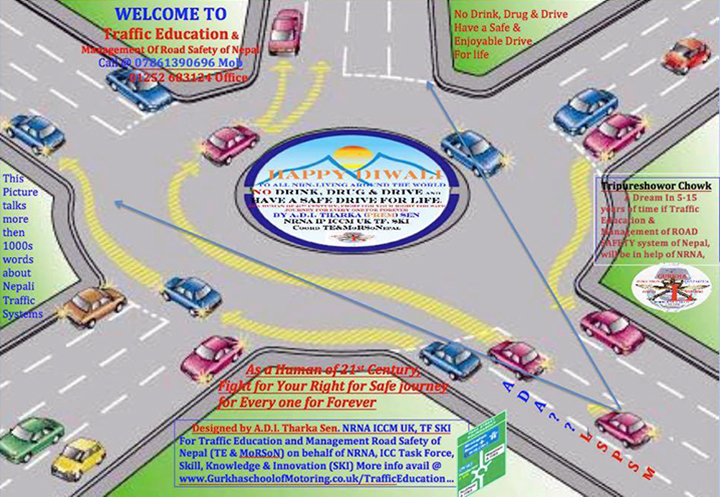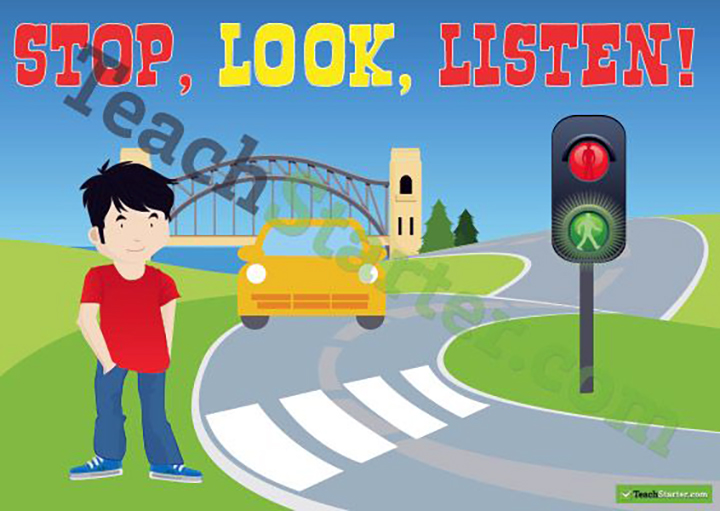
22 July 2019, Kathmandu
Nepal is topographically classified into three regions as Flat Terai, Mid Hills and Steep Mountains or Himalayas. Due to the geographical structure, the construction of roads is challenging and difficult particularly in the hills and steep mountains. And, it has ultimately leads to road accidents becoming very common in Nepal. The majority of the cases vehicles falling off the roads and fatalities are very high as every time road accidents occur. The major causes of road accidents are negligence of drivers, speeding, drink-driving, recklessness of passengers, haphazard overtaking, mechanical failure, overload, stray cattle, poor road condition and bad weather specifically.

Similarly, poor visibility at blind corners, inadequate safety barriers, random roadside parking, lack of awareness of traffic rules and poor road engineering also seems to be other causes that contribute to road accidents in Nepal. In addition to this, traffic congestion is also a cause of speeding in major cities of Nepal due to the fact that majority of the people drive faster after being stuck in the traffic jam. According to the data provided by Nepal Police, nearly 2,000 people lose their lives to road accidents annually.

Apart from it, if anybody is caught violating traffic rules, they will be fined a minimum of Nrs. 500 and a maximum of Nrs. 1500. Similarly, the maximum fine imposed by traffic police so far has been Nrs. 1000 for driving while intoxicated. However, in Nepal, the insurance system for passengers, vehicle owners/drivers and the third party insurance is very underdeveloped. If any accident occurs due to the negligence of drivers, they will be sent to prison but if the driver was not proved culprit, then they will be released after having paid a fine. Though the government has increased the fines for violation of traffic rules by an amendment to section 164 of the 1993 Act, which came into effect from May 14, 2015.

According to Tharka Sen, the co-ordinator of NRNA (Non- Resident Nepali Association) UK, NRNA ICC Traffic Education and Road Safety of Nepal project, one must have world class traffic and transport curriculum to teach, learn and foster in order to ensure road safety. Sen further added that without safer, better, quicker, cheaper, convenience and enjoyable traffic and transport safety system, the development of the entire nation comprising education, health, tourism and other sector is impossible. In the context of Nepal, road safety is very challenging as compared to other countries such as UK and Europe whereas 10 innocent tax payers’ dies and 50 deadly injures. Thus, to ensure road safety in Nepal, political leaders, officials and specialist must have manifest vision and strategy. So, we can say that ensuring road safety is like developing healthy blood in healthy human body to build better Nepal. Moreover, NRNA road safety has already prepared about 7000 pages of document for Nepal.

Similarly, many things have to be improved in order to reduce the incidence of road traffic accidents in Nepal. The proposed plans and policies regarding road safety must be implemented successfully. Traffic education should also be strengthened through public campaigning and safety promotion in schools and colleges targeting young vehicle users in major cities in Nepal. Pressure must also be exerts on political parties to solve and control this problem in Nepal. The punishment and the penalty system for those who cause accidents are not properly exercised in Nepal which should be totally discouraged.










